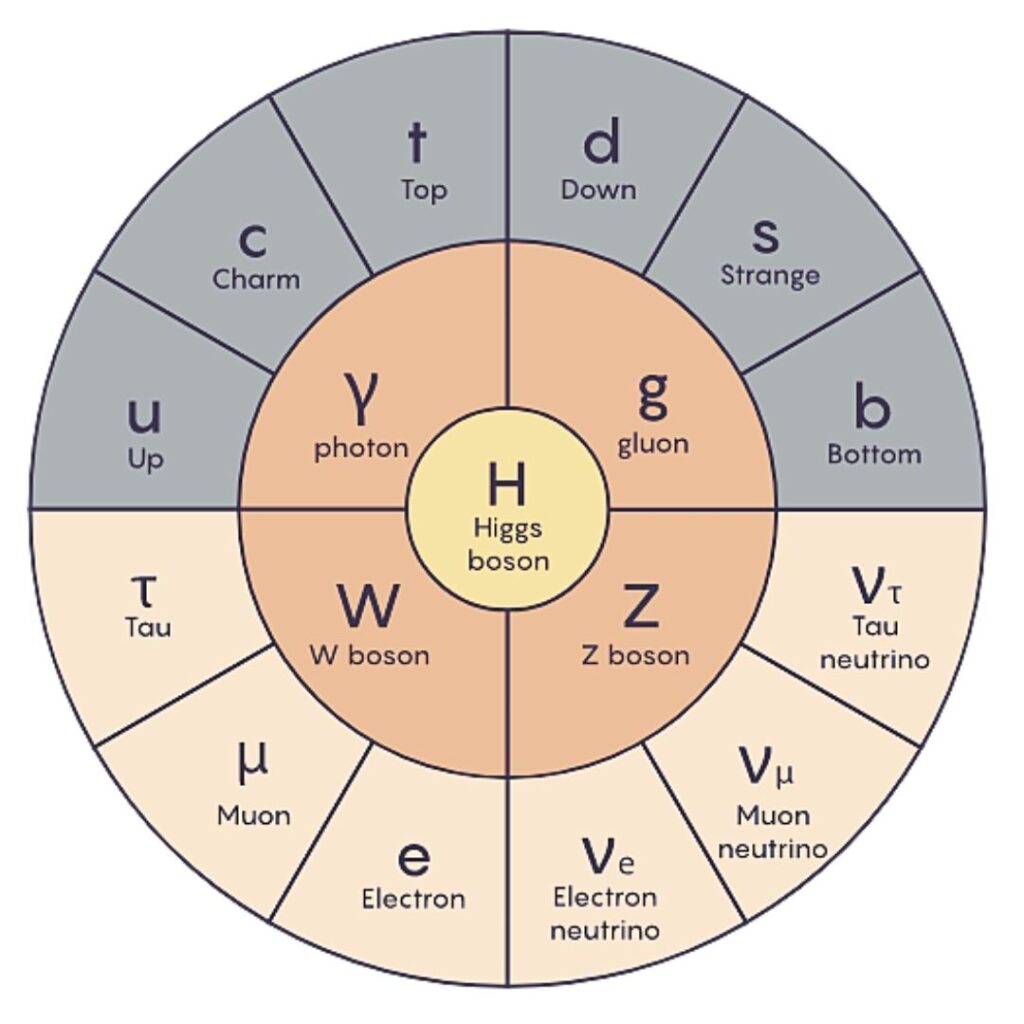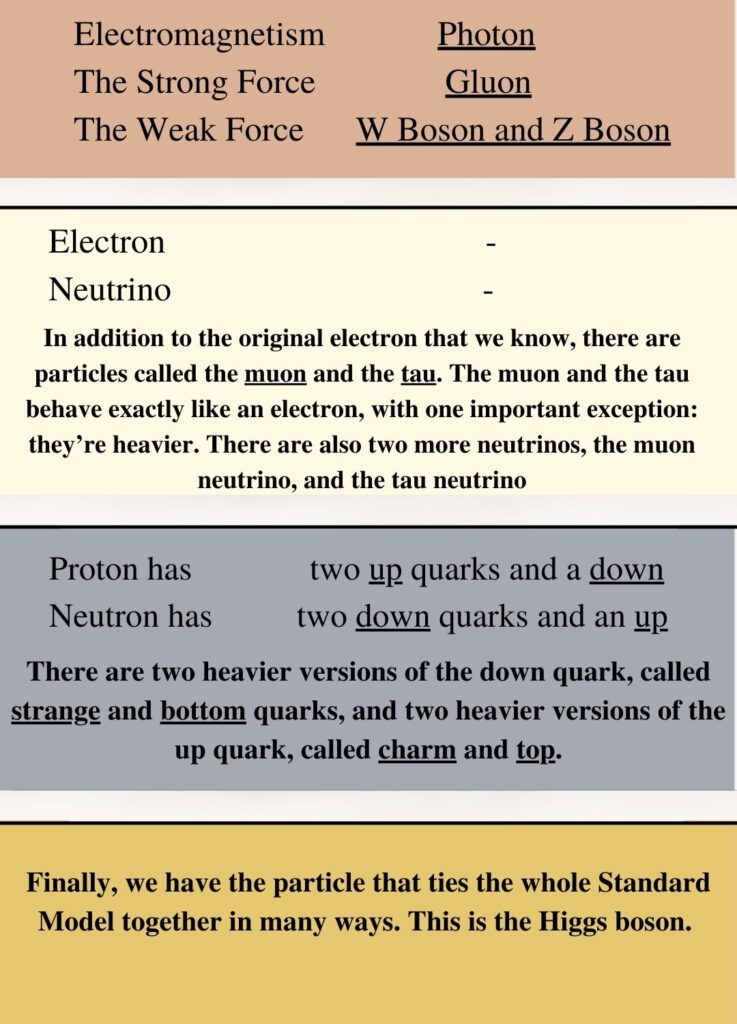
The Large Hadron Collider (LHC) is expected to throw up evidence of “new physics” — or physics beyond the Standard Model of Particle Physics
Read more
The Standard Model of Particle Physics is scientists’ current best theory to describe the most basic building blocks of the universe. It explains how particles called quarks (which make up protons and neutrons) and leptons (which include electrons) make up all known matter. The Model describes three of the four fundamental forces that govern the universe: electromagnetism, the strong force, and the weak force. But, the Model does not include a description of dark matter particles and dark energy, which constitutes 95% of the universe.
Earlier in April 2022, Scientists at European Organization for Nuclear Research (known as CERN) restarted the Large Hadron Collider (LHC) to begin smashing protons into each other at unprecedented levels of energy.
The LHC is expected to throw up evidence of “new physics” — or physics beyond the Standard Model of Particle Physics, such as dark matter and dark energy.
Dark matter is the matter that does not absorb, reflect or emit light, making it extremely hard to spot. Further, it does not interact with electromagnetic force. The existence of dark matter is inferred only from the gravitational effect it seems to have on visible matter. It is believed that dark matter is what gives galaxies extra mass, generating extra gravity they need to stay intact.
New subatomic Particles discovered – July 2022
Atoms contain smaller particles called neutrons and protons, which are made up of three quarks each.
“Exotic” matter found in recent years is made up of four and five quarks – tetraquarks and pentaquarks.
In July 2022, LHC experiment has discovered 3 new particles at CERN. A new kind of “pentaquark” and the first-ever pair of “tetraquarks” have been found by LHC.
This takes the total number discovered there to 21. The latest findings mean that there are now enough of these particles to begin grouping them together, like the chemical elements in the periodic table. That is an important first step toward developing a theory and set of rules for exotic mass.
Scientists have discovered new ways in which quarks, the tiniest particles known to humankind, group together.



About Large Hadron Collider (LHC)
- LHC is the most powerful particle accelerator ever built, capable of accelerating protons or ions to near the speed of light.
- CERN built it between 1998 and 2008 in collaboration with over 10,000 scientists, hundreds of universities and laboratories, and more than 100 nations.
- The accelerator sits in a tunnel 100 meters underground at CERN, on the Franco-Swiss border near Geneva, Switzerland.
- It consists of a 27-kilometer ring of superconducting magnets (which is colder than outer space) with numerous accelerating structures that boost the energy of particles along the way.
- It works by smashing tiny particles together to allow scientists to observe them.
- In 2012, it helped scientists prove the existence of a subatomic particle called the Higgs boson, also known as the “God particle,” which is believed to have played a vital role in the formation of the early universe.
- Since the discovery of the Higgs boson, scientists have started using the data collected as a tool to look beyond the Standard Model, such as dark matter and dark energy.
Source: Yahoo News